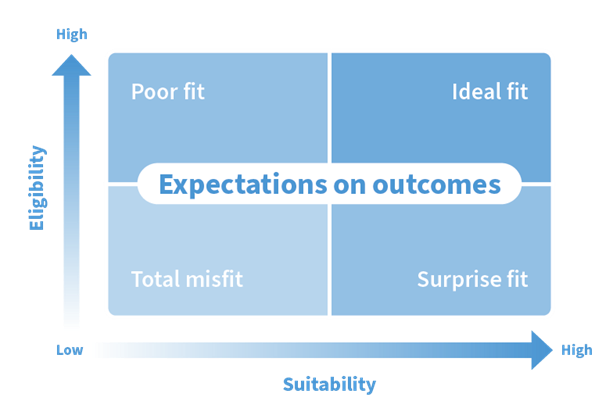Hire for behaviour, train for knowledge
The overlooked – and often more critical – factor is behaviour: how a person interacts, contributes to a team, and complements the existing mix.
With the Belbin Team Roles approach, behaviour becomes visible, discussable and measurable.
It allows you to identify how a candidate will likely behave in a team environment, rather than simply what they know or have done.
Looking at behaviours, alongside qualifications and experience, ensures a better fit, higher engagement and better retention. This is "hiring for behaviour".
Once a strong behavioural fit is in place, the next step is ensuring the person has the knowledge, skills and support to do their job well – this is where "train for knowledge" comes in.
Even with the right behaviours, a new team member will struggle without the necessary training, development or organisational support.
So first select someone with the right behavioural fit; then invest in their learning, development and integration to ensure they succeed and stay.
This two-part process helps reduce turnover, boost engagement and produce better performance.





